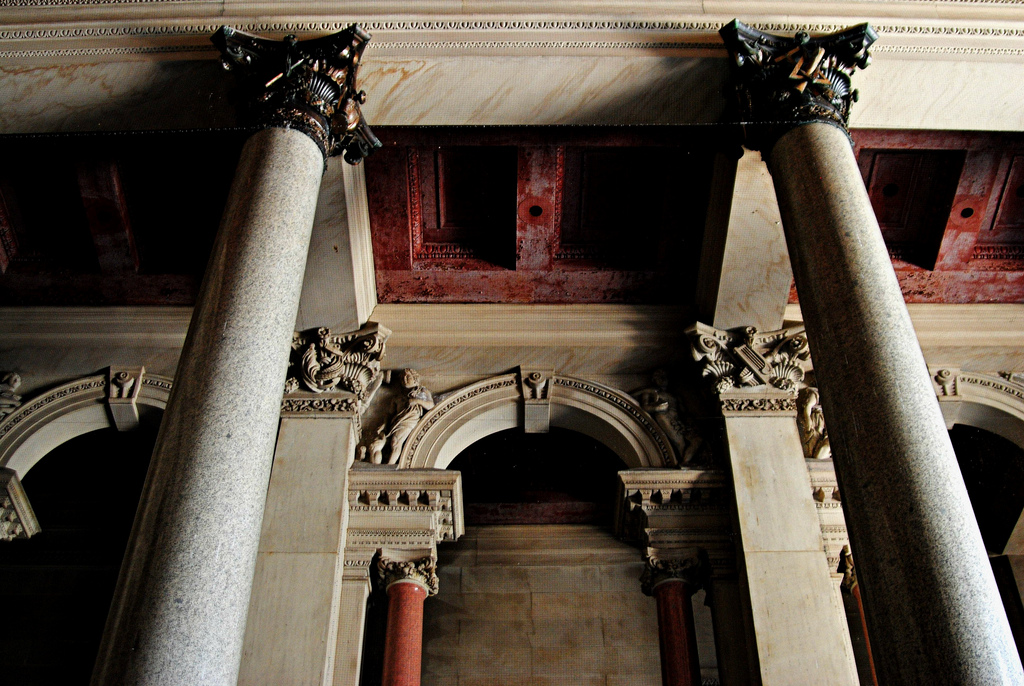September 26: School reuse, replacement | Greta Greenberger bids City Hall farewell | LED lighting health warnings

The Spring Garden School, at 12th and Parrish, is being reused as subsidized housing for veterans, developed by Help USA and the Philadelphia Housing Authority. Prolific school architect Irwin T. Catharine designed the school and it is listed in the National Register of Historic Places.
The University of the Sciences is getting ready to raze and replace the closed Alexander Wilson School at 46th and Woodland. But before the Wilson School goes, there will be a chance for alumni, former teachers, and neighbors to say farewell: This coming Saturday people are invited to gather, share memories, and see a 1958 time capsule opened. USciences will build a mixed-use complex (student housing, retail, classrooms) arranged around a public courtyard at the former school site.
What would it take to improve Amtrak’s train service between Philly and Pittsburgh? Jason Laughlin looks at some of the obstacles, notably geography and 250 miles of track owned by Norfolk Southern. An additional round trip daily would run $10 million to start, and track improvements would cost up to $13 billion to allow faster trains.
Greta Greenberger, City Hall’s longtime tour director, is retiring and Mike Newall takes a moment to acknowledge the shift. Greenberger has been a guardian of Philadelphia’s finest civic building, researching its history and finding funds to improve and fix it, and Newall finds she’s still smitten with the place. “Its light, its shadows, its textures, its sculptures. You look at it all and it just says, ‘How magnificent am I?’ “
Wired has a solid explanation of “induced demand” and the direct correlation between increasing road capacity and increased driving. A 2009 study by economists at the University of Pennsylvania and University of Toronto compared the relationship between the amount of new roads and highways and the total number of miles driven in those places. They found a “perfect one-to-one relationship.” More capacity invites more driving. Interestingly, the study also confirmed that when a city proposes “taking lanes away from a road, residents scream that they’re going to create a huge traffic snarl. But the data shows that nothing truly terrible happens. The amount of traffic on the road simply readjusts and overall congestion doesn’t really increase.”
The American Medical Association has issued a warning about the intensity of LED lighting in cities, concerned that the amount of blue light emitted can disrupt sleep, impair night vision for drivers, and even elevate risk for cancer, the Washington Post explains.
WHYY is your source for fact-based, in-depth journalism and information. As a nonprofit organization, we rely on financial support from readers like you. Please give today.







